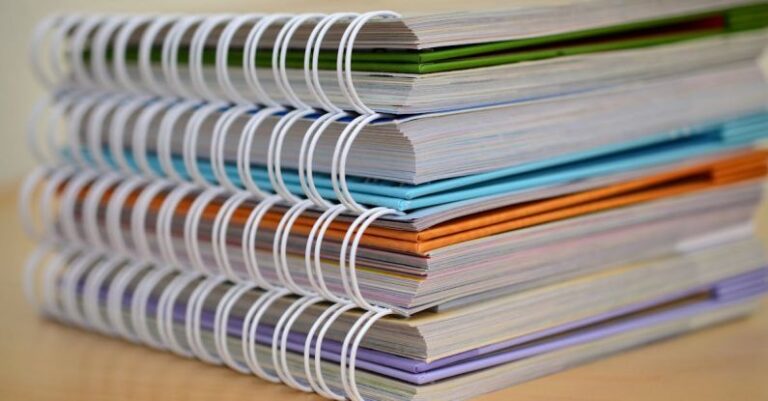What to Consider When Planning the Catalog Production Timeline?
Catalog production is a significant aspect of marketing and branding for businesses across various industries. From showcasing products and services to attracting customers, a well-executed catalog can make a substantial impact on sales and brand visibility. However, creating a catalog involves meticulous planning and organization, particularly when it comes to the production timeline. Timing is crucial in ensuring that the catalog is completed and distributed effectively to achieve its intended objectives. Here are key considerations to keep in mind when planning the catalog production timeline.
Define Clear Objectives
Before diving into the logistics of catalog production, it is essential to establish clear objectives for the catalog. What is the purpose of the catalog? Are you launching a new product line, promoting seasonal offerings, or simply providing an overview of your existing products? Understanding the primary goals of the catalog will guide the rest of the production process, including setting realistic timelines for design, content creation, printing, and distribution.
Allocate Sufficient Time for Design and Content Creation
One of the critical stages in catalog production is the design and content creation phase. This stage involves developing the layout, selecting images, writing product descriptions, and designing graphics. Rushing through this phase can result in a subpar catalog that fails to captivate your audience. Allocate sufficient time for designers, writers, and content creators to work their magic and bring your catalog to life. Remember that revisions and feedback rounds may be necessary, so factor in extra time for fine-tuning the design and content.
Consider Printing and Production Lead Times
Printing and production lead times can vary depending on the complexity of your catalog, the quantity to be printed, and the printing vendor’s workload. Be sure to research and consult with printing companies early in the planning process to understand their lead times and production schedules. Factor in additional time for proofing, corrections, and any unexpected delays that may arise during the printing process. It is advisable to add a buffer to your timeline to account for these potential delays and ensure that the catalog is ready on schedule.
Plan for Distribution and Delivery
Once the catalog is printed and ready for distribution, the next step is planning for its delivery to your target audience. Will you be mailing the catalog to customers, distributing it at trade shows, or making it available for download on your website? Each distribution method requires its timeline and logistics to ensure that the catalog reaches the intended recipients on time. Consider factors such as shipping times, mailing schedules, and digital distribution platforms when planning the distribution phase of your catalog production timeline.
Coordinate with Stakeholders and Vendors
Effective communication and coordination with stakeholders and vendors are crucial for keeping the catalog production timeline on track. Ensure that all team members involved in the production process are aware of their roles and responsibilities and have a clear understanding of the project timeline. Regular check-ins, status updates, and milestone reviews can help identify any potential bottlenecks or issues that may arise and address them promptly to prevent delays.
Monitor Progress and Adjustments as Needed
Throughout the catalog production timeline, it is essential to monitor progress regularly and make adjustments as needed to stay on schedule. Keep track of key milestones, deadlines, and deliverables to ensure that the project is progressing as planned. If any delays or obstacles arise, be prepared to make necessary adjustments to the timeline, such as reallocating resources, extending deadlines, or simplifying certain aspects of the catalog to meet the production timeline.
In conclusion, planning the catalog production timeline requires careful consideration of various factors, from defining objectives to coordinating with stakeholders and vendors. By allocating sufficient time for design and content creation, considering printing and production lead times, planning for distribution and delivery, and monitoring progress throughout the production process, businesses can ensure that their catalogs are completed on time and effectively reach their target audience. A well-executed catalog production timeline is essential for maximizing the impact of the catalog on sales and brand visibility.






